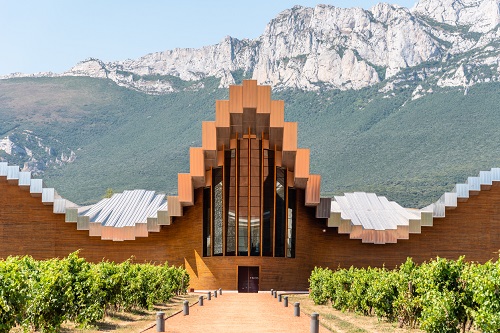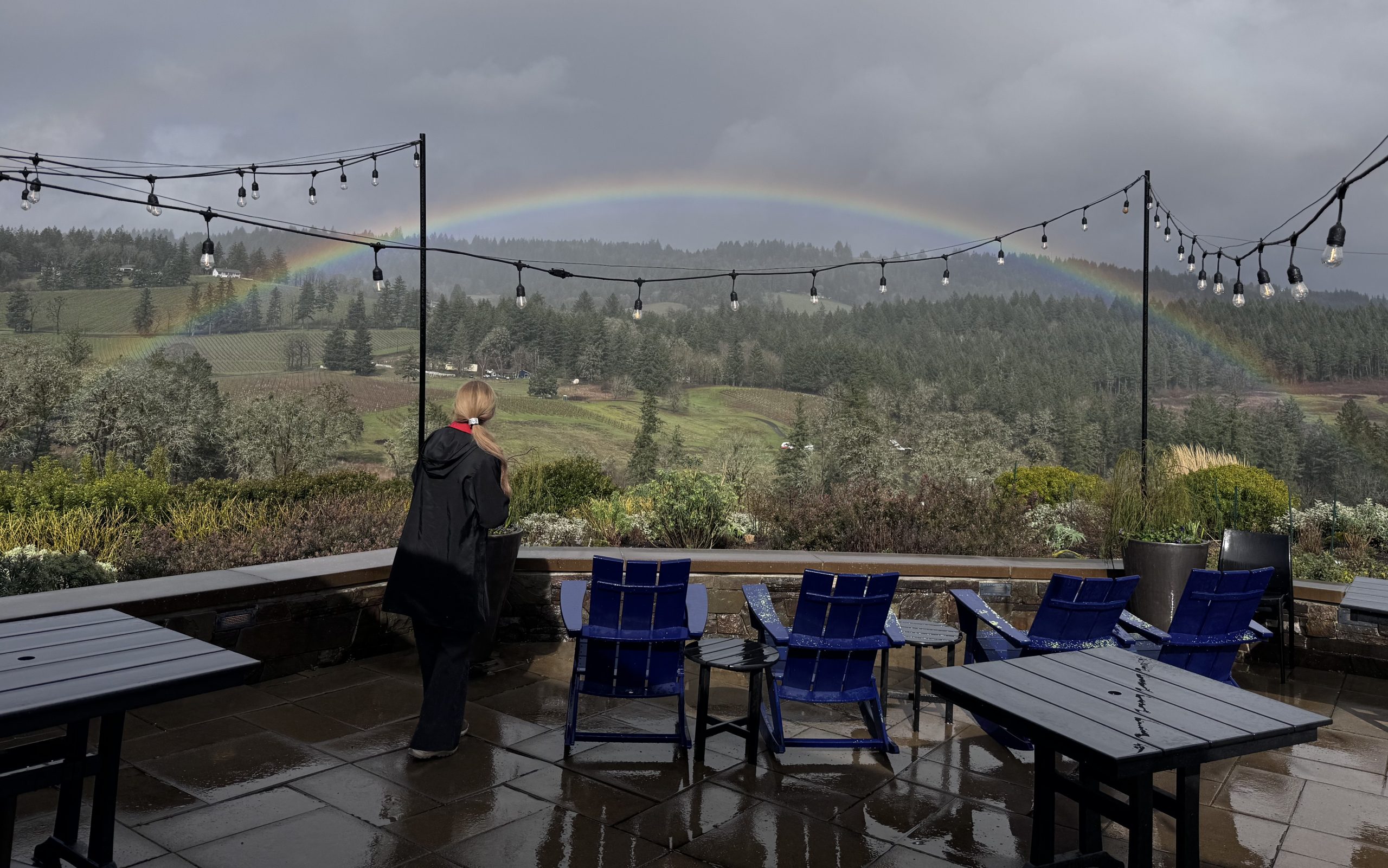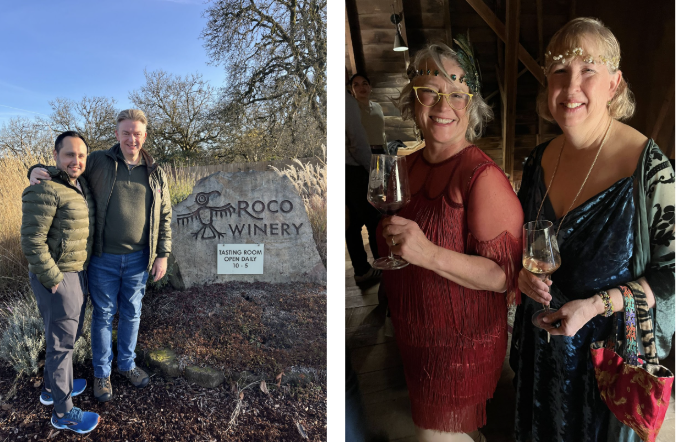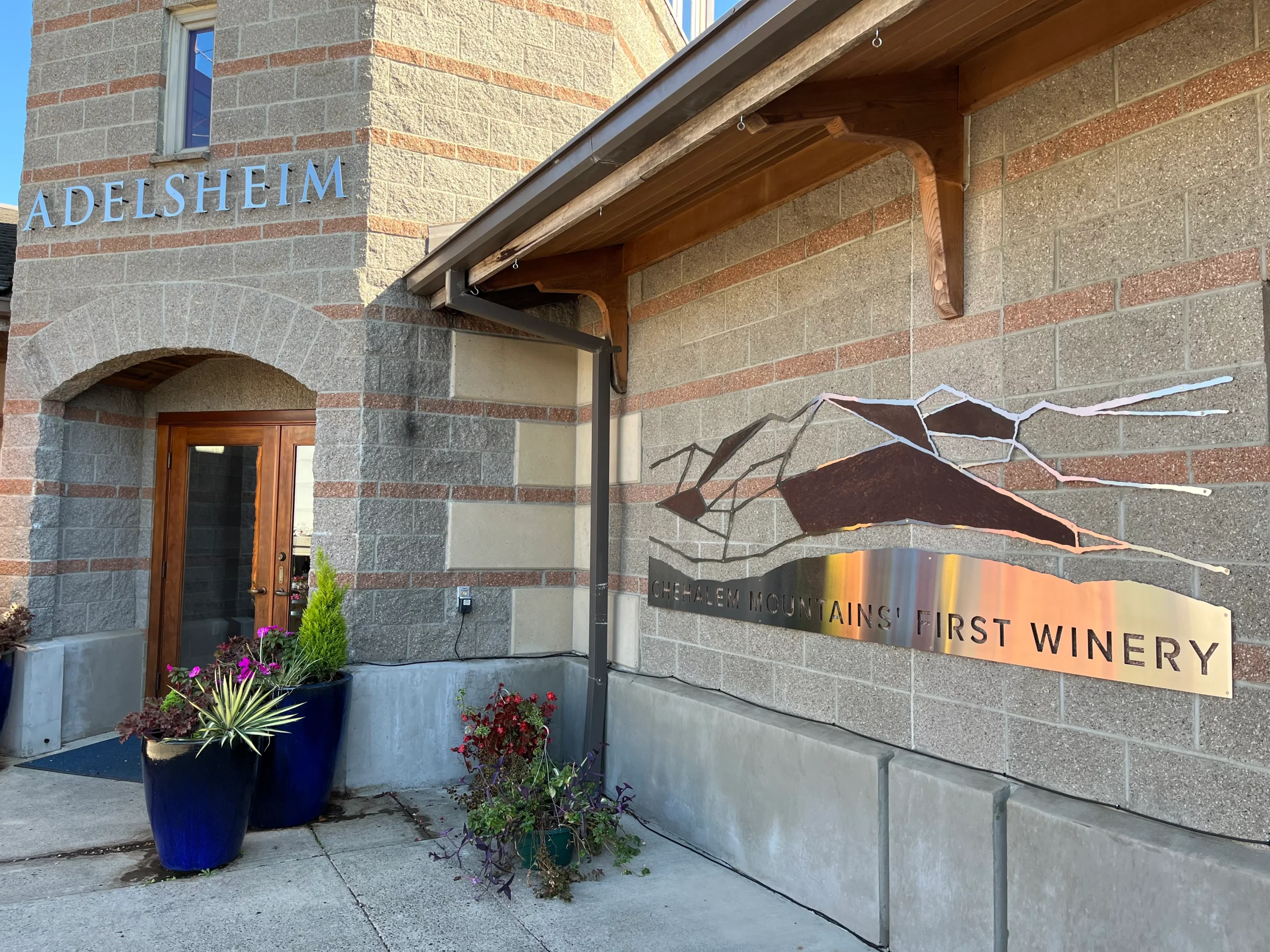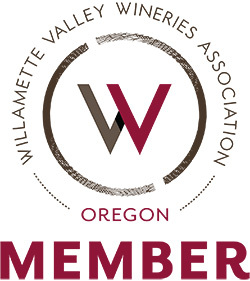
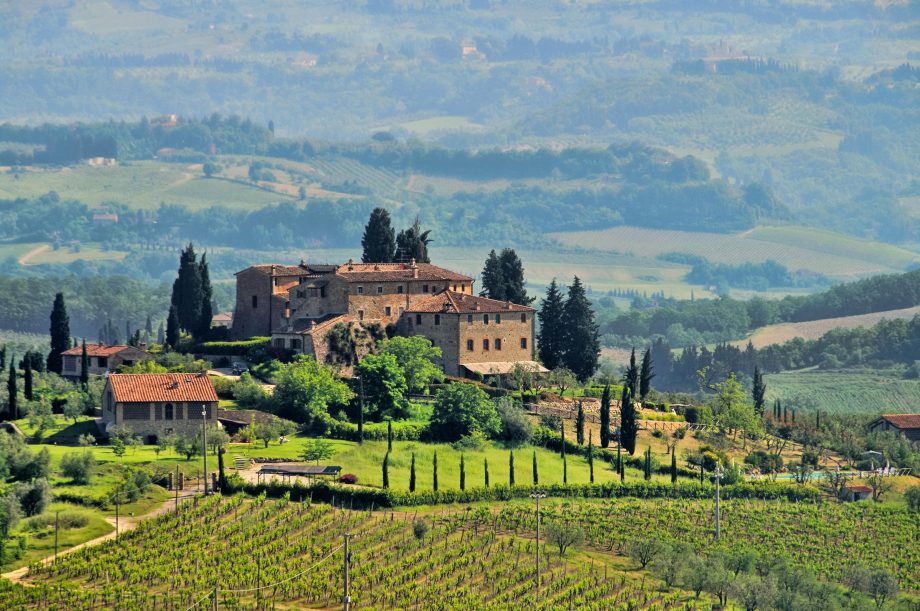
Last week, based on a reader suggestion, I started researching oddball grapes grown in the Willamette Valley. I found too many to include in one post so I concentrated on white grapes. This week I am finishing up with red grapes. Read and be amazed at the variety of red grapes that local vintners can grow and make into delicious wines! The tricky part is finding the right site for optimal ripening via sun exposure, elevation, temperature diurnals (the temperature swing day to night during the growing season), water access, soil type, etc.
First the not-so oddball reds that you still need to hunt for in the Willamette Valley:
Tempranillo
This Spanish grape is well known in the Rioja region where it accounts for over 90% of red grape acreage. Enough Willamette Valley vineyards have successfully planted it here to justify its own festival called Raising the Temp! It was started by Vidon Vineyard in November 2021 with 10 participating wineries: Carlo and Julian Vineyard & Winery, Dion Vineyard, Dominio Wines, Grochau Cellars, Parra Wine Co., Raptor Ridge Winery, Stag Hollow Wines, Valcan Cellars, Varnum Vintners, and Vidon Vineyard. 1
Additional Tempranillo producers in WV include Stone Griffon, estate fruit from Carlton, and Bryn Mawr from vines planted in 1995 in Eola-Amity Hills.

